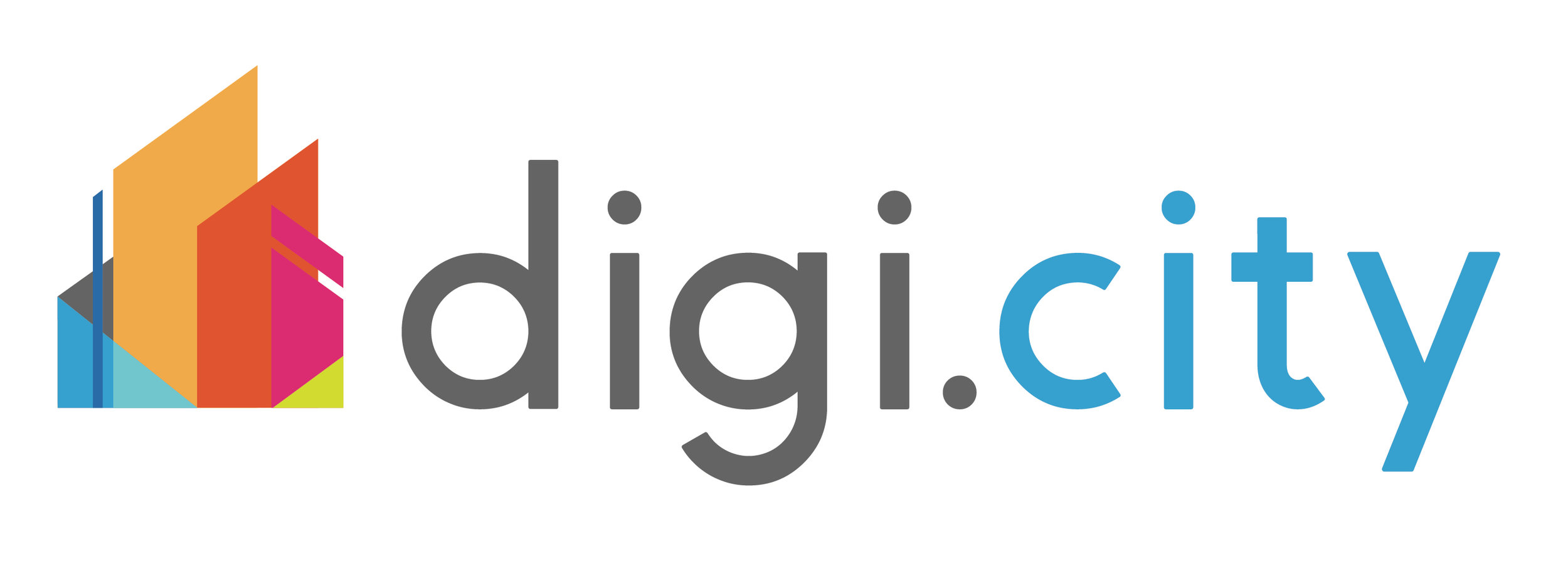Smart Cities are a Wake Up Call
Published on Industrial IoT 5G
Sounding the alarm to prioritize innovation
Austinites, Texans and Americans all have at least one thing in common; we like to look on the bright side. And there is good reason to emphasize the positive: America is the world’s top economic superpower; Texas, with its lack of state income tax and pro-business regulatory environment, is a magnet for business; and Austin continues to dominate headlines as a top city in which to start and grow a business. All good news, but celebrating a shiny past may be energy invested in the wrong direction – the emergence of smart cities is providing a new challenge.
Smart cities sit at the intersection of innovation and infrastructure
This is the place where information and communication infrastructure – mobile, broadband and legacy IT – converge with physical elements such as buildings, vehicles and traffic signals, and hardware (sensors, beacons) to impact systems like utilities, social networks, transportation and food. “Internet of things” and big data applied to local and civic challenges like security, mobility and affordability can morph into opportunities that benefit citizens in a very real way while providing an economic impact all on its own. Grand View Research projects the smart cities development market is to reach $1.4 trillion in 2020.
The U.S. isn’t leading the smart cities conversation
That front-runner is China with more than 18 cities that have already announced smart city plans as well as an additional 400 cities that have been identified for projects. China has prioritized smart city technology and as early as 2010, published its “National Plan on New Urbanization.” Billions of dollars have already been committed by the official China Development Bank and government institutions like the Ministry of Housing and Urban and Rural Development as well as from local government and private sources. China’s rush to release connected urban solutions makes sense given that 41 cities contain more than 2 million people, and by 2030, the urban population is expected to balloon to 1 billion.
On smart cities, the U.S. is making moves to catch up and there are positive steps being taken. For example, the National Institute of Standards and Technology recently announced efforts to adopt a national framework for smart cities. A draft of the plan is expected in the spring of 2017.
On the mobility front, the Department of Transportation is encouraging innovation by sponsoring a $50 million grant competition, The Smart City Challenge, which aims to seed connected technologies in the winning city. Austin is one of seven finalists and in June will host the Smart Cities Summit, which is expected to bring top experts and leading authorities in governance, technology and “creating the most comprehensive showcase and accelerator of smart city innovation worldwide.” This is the perfect opportunity to not only showcase what is going well, but to also acknowledge that there are major strides needed in order for the U.S. to catch up to the other global powers. And, just for context,Smart City China 2016 is set to take place Sept. 6-9, attracting nearly 30,000 visitors over four days.
While there are definitely moves being made in the right direction, clearly the U.S. has some catching up to do. So what steps can be taken immediately to prioritize progress?
Smart cities requires a hyperfocus on innovation
The Congressional Budget Office states “innovation is a central driver of economic growth in the United States.” And so it seems rather obvious there is an opportunity to apply this force to smart cities as a way to combat big challenges such as the nation’s crumbling infrastructure, mobility issues, food-system modernization and a long list of other concerns. But policy hasn’t aligned with this notion and there is real danger old thinking will threaten the ability to legislate innovation as a priority.
